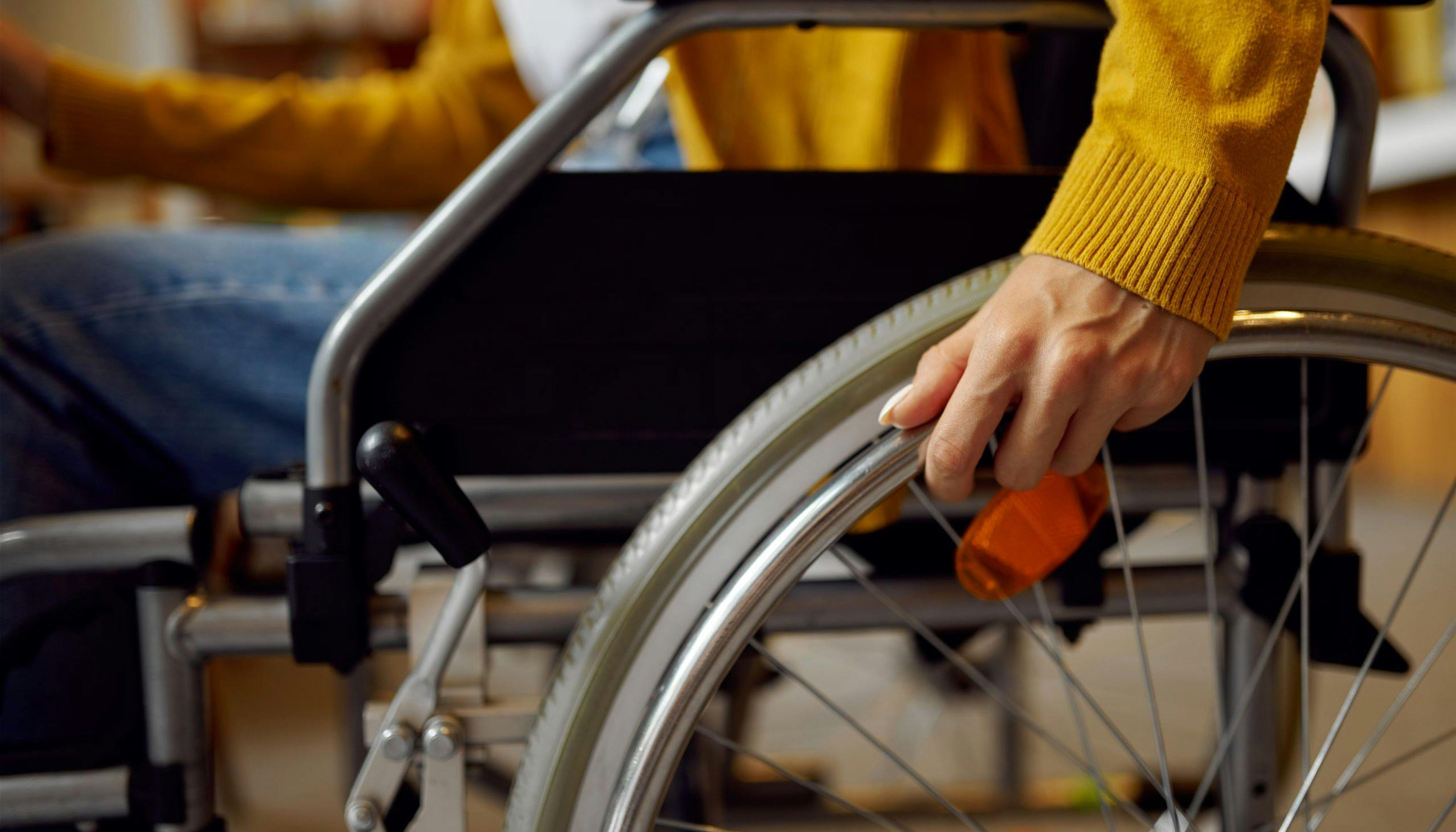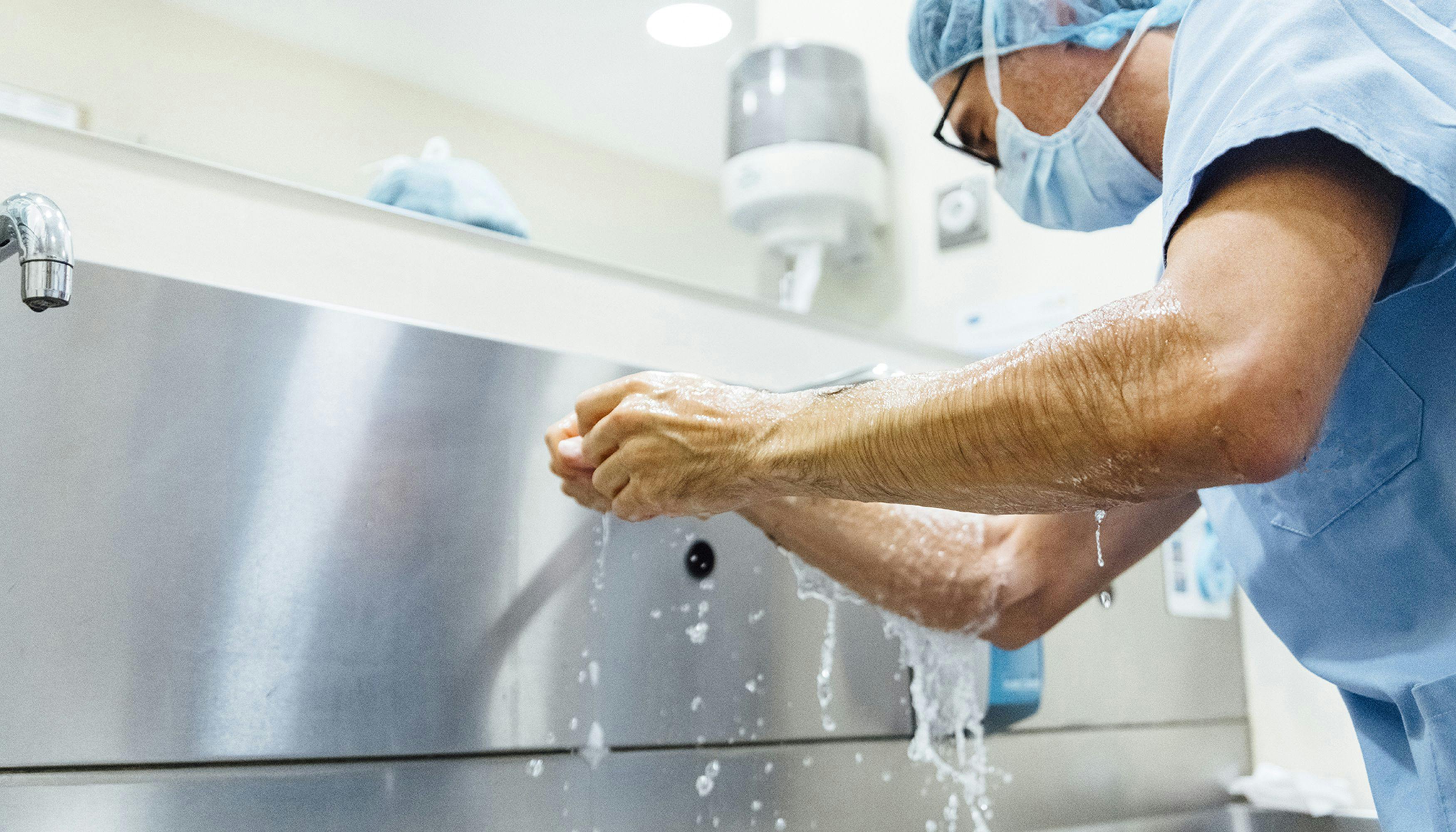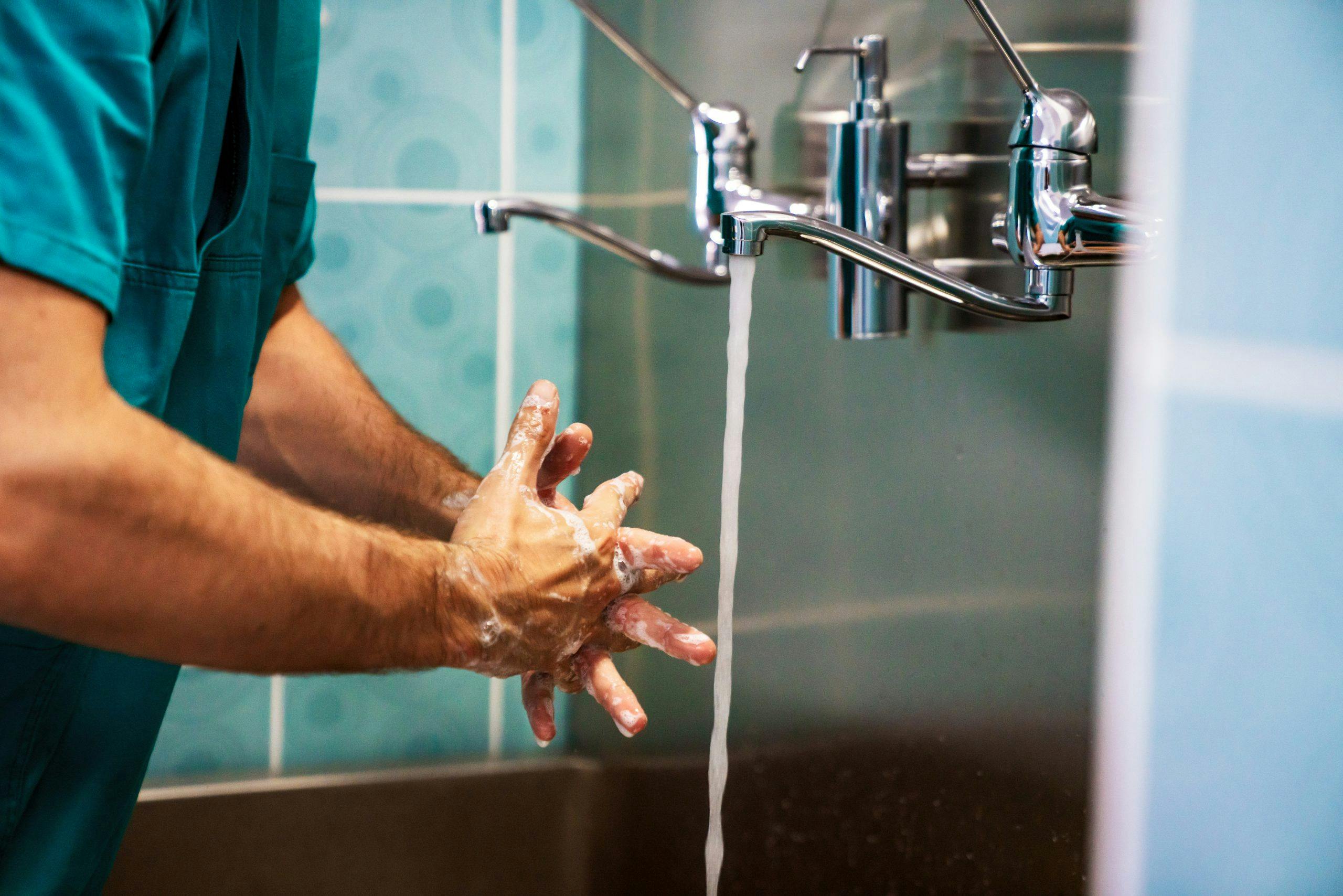In a hospital environment, the contents of a washroom or toilet facility aren’t just about convenience but could even be a matter of life or death.
That’s because 1 in 10 patients will develop an infection while in hospital. As one of the most highly used facilities of any building, washrooms can be a breeding ground for bacteria and cross-contamination. Unless of course, they have had a recent upgrade to comply with the latest standards to minimise such outcomes wherever possible. Whether used by patients, staff or visitors, each time a washroom is used the design and overall cleanliness of that facility will ultimately work to encourage or discourage the risk of infection. Therefore, all hospital washrooms must be clean, comfortable, hygienic and durable for all who need to use them.
Although not a substitute for an independent assessment by our team of healthcare and hospital setting washroom installers, here are just some of the top key features a hospital washroom should have to ensure best practices are being followed.
Health Technical Memorandum 64 (HTM64) Compliant Sanitaryware
Health Technical Memorandum 64 (HTM64) is a guidance booklet that was issued by NHS England. Covering 73 pages of information, it details requirements relating to building standards and engineering technology to deliver healthcare. The advice heavily focuses on infection control and includes details of washrooms and other sanitary environments found within a healthcare environment.
One of the main points relating to washrooms is that washrooms must have their waste outlet positioned in a manner that doesn’t allow water to flow directly over the plughole. Instead, the water needs to drain away at the rear of the basin. To ensure adequate cleaning can be performed, the washbasin must not have any hardware such as a plug, chains or even holes for the taps. Installing wall-mounted taps or those which can be operated with an elbow help with infection control, while also providing ease of use for those with accessibility needs.

Accessibility Friendly
That last point is the perfect time to remind building owners and facilities managers that ensuring accessibility has never been more important - especially within a healthcare setting.
In terms of accessibility, it’s essential to think broadly. Someone may have a physical impairment which means their mobility is limited. On the contrary, a person may have excellent mobility but a visual impairment. Other disabilities and general challenges also exist, which is why a thorough consultation is needed prior to a washroom installation or refurbishment so that these needs can be catered for within the design.
Generally speaking, accessibility requires the installation of a disabled, ambulant disabled or accessible washroom.
Some of the features needed include:
- Allowing enough room for a turn of a wheelchair
- Grab rails
- Raised height toilet pan
- Emergency cords placed at a lower height to the ground
To enquire about our disabled washroom services, get in touch on 0115 811 4242 and we can get your space designed, installed and ready to use!
Safety Flooring
In a healthcare setting, the flooring needs to provide several things, but the main aspects are that it is easy to disinfect and that it doesn’t pose any physical hazards (i.e. trips and slips).
Secondary to these main requirements is a floor that offers plenty of longevity, thus reducing costs for the hospital. Beyond this, the design of the floor can also be used to enhance the space, especially in children’s wards as a common example.
Choosing the right floor for a hospital or healthcare setting requires expert input. A team such as ourselves here at Inspired Washrooms can advise on the correct materials and properties needed to meet standards so that patients are not put at risk.
Hand Sanitiser Stations
Long before the Covid-19 pandemic, hand sanitiser stations were a familiar sight in hospitals, GP surgeries and even nursing homes.
The positioning of hand sanitiser stations is the key to infection control. Place within a washroom and patrons still have to touch aspects such as the door handle and light switch after washing their hands, thus reinfecting them with whatever germs lie on these surfaces and high spread areas.
But by encouraging users to sanitise their hands after exiting the washrooms, or before and after entering patient spaces, the sanitiser can be much more effective.

Consideration Of Water Safety Plans
Any newly built washroom must have a water safety plan (WSP) developed. This will detail what ongoing steps will be needed to ensure the water including any water waste does not pose the risk of carrying any bugs or diseases. Some of the aspects that will need attention include any new outlets, floor drains and mains feeds.
Hospital Toilet (Washroom) Refurbishment - Inspired Washrooms UK
Given the extremely thorough process of installing a hospital washroom, not to mention ensuring long-term infection control, user comfort and overall satisfaction, it’s impossible, to sum up everything needed to plan and install a new washroom in one post alone. However, hopefully, we’ve given you a snapshot of what the process entails.
Are you a hospital manager, health trust associate or facilities manager? If you are involved in the procurement or decision-making process for hospital washrooms, and you are looking for a trusted installer in the UK you’re in the right place. Inspired Washrooms installs commercial washrooms across the UK, including hospital washrooms. Interested in starting a project with us? Download our Inspired Washrooms Brochure to view our full range of products and services.
For help and advice with anything we've mentioned above, please get in touch on 0115 811 4242, and our friendly team will get back to you.

